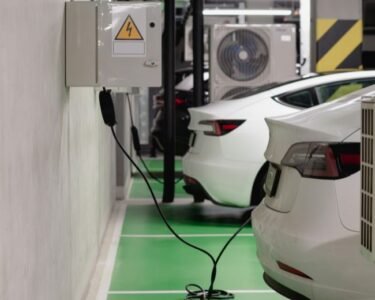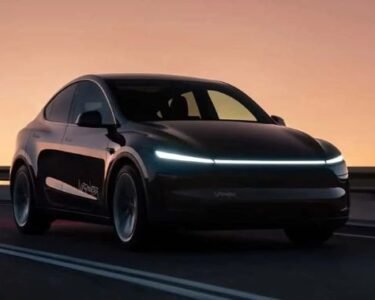Global sales of fully electric and plug-in hybrid vehicles continued their upward trajectory for the seventh consecutive month in November 2024, reaching a record high. According to market research firm Rho Motion, EV sales rose by 32% year-on-year, highlighting the ongoing momentum in the electric vehicle market worldwide.
China Leads Global EV Market
China remained the dominant force in driving global EV sales, contributing a staggering 70% of total global volumes. Sales in the region surged by 50%, reaching 1.27 million units in November. The Chinese market’s rapid growth stems from rising production capacities, strong domestic demand, and competitive pricing, which continue to influence global market dynamics.
Mixed Results in Europe
While China saw substantial gains, Europe’s EV market faced mounting challenges, including higher production costs, stricter emissions targets, and increased competition. Sales in Europe reached 0.28 million units, marking a slight year-on-year decline. However, November’s performance showed a 7.7% improvement compared to October, indicating some short-term recovery.
European automakers are navigating complex issues, including trade tensions, stringent CO₂ regulations, and reduced government incentives. These factors are impacting prices, production decisions, and job security across the region.
Steady Growth in North America
In the U.S. and Canada, EV sales rose by 16.8% year-on-year, reaching 0.17 million units. Although North America’s growth pace remains slower compared to China, increasing awareness, infrastructure expansion, and new model launches continue to support the EV adoption rate in the region.
Global Market Outlook
November’s total EV sales hit 1.83 million units globally, representing a 32.3% year-on-year increase. The record-breaking numbers underscore the resilience and growth potential of the EV market amid evolving challenges and opportunities.
As China solidifies its leadership in EV production and demand, Europe and North America must address rising competition, regulatory hurdles, and economic constraints to maintain their positions in the global EV race. Moving forward, strategic shifts, innovation, and government support will play critical roles in shaping the industry’s future.






